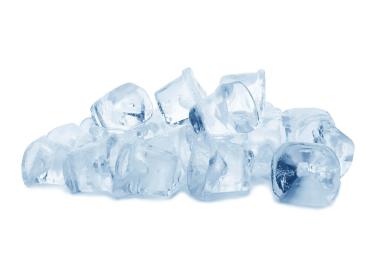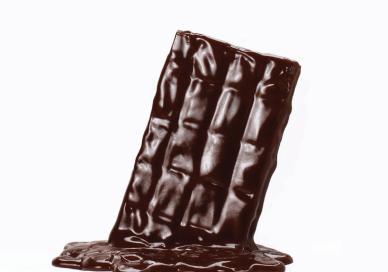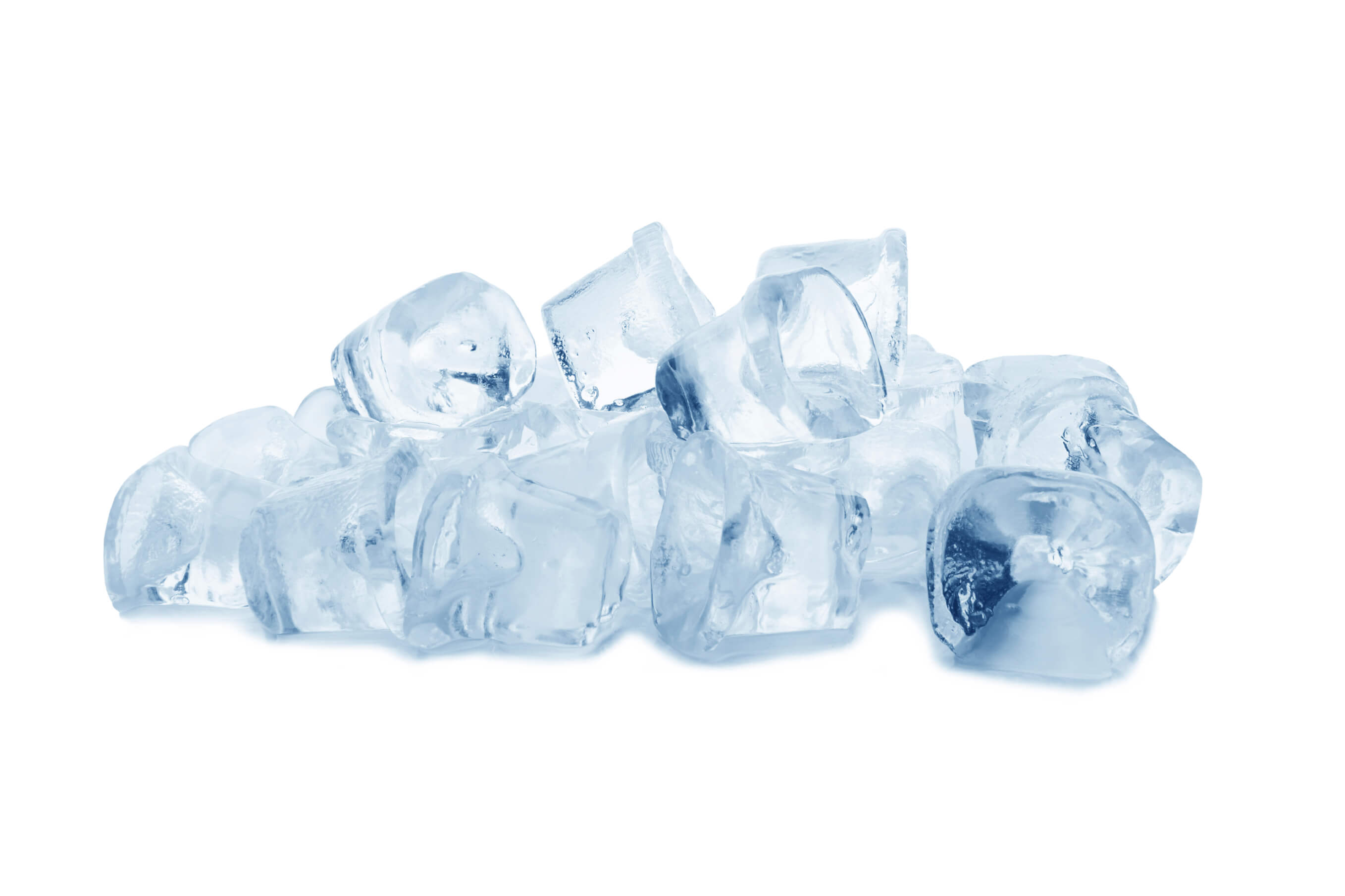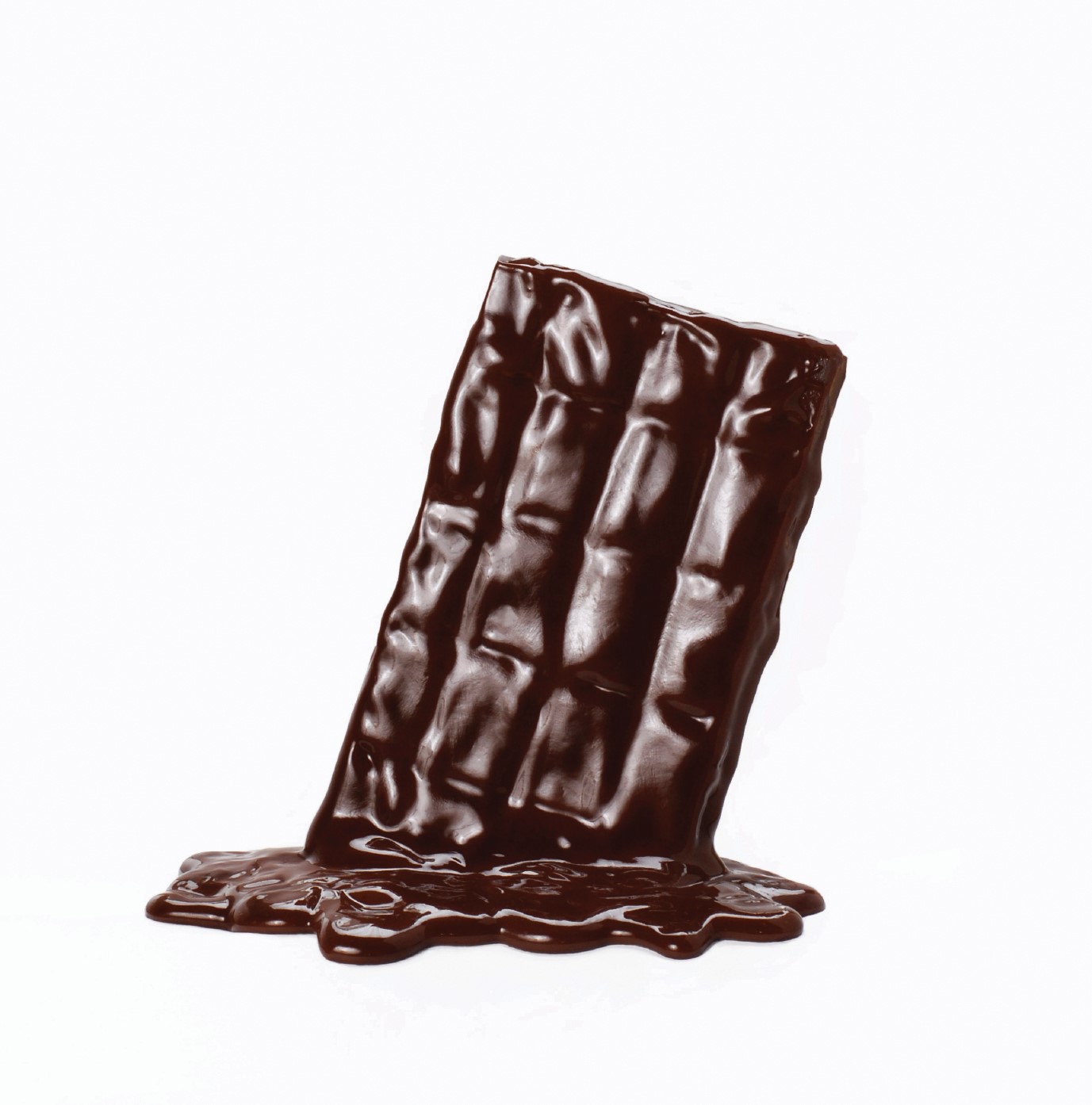This can be broken into two core concepts:
- The chemical and physical properties of substances are determined by their structure at a range of scales.
- Substances change and new substances are produced by rearranging atoms; these changes involve energy transfer and transformation.
More information on how the core concepts develop according to age and stage can be found on the Core science concepts page.
Chemical and physical properties
The chemical and physical properties of substances are determined by their structure at a range of scales.
Changing substances
Substances change and new substances are produced by rearranging atoms; these changes involve energy transfer and transformation.



